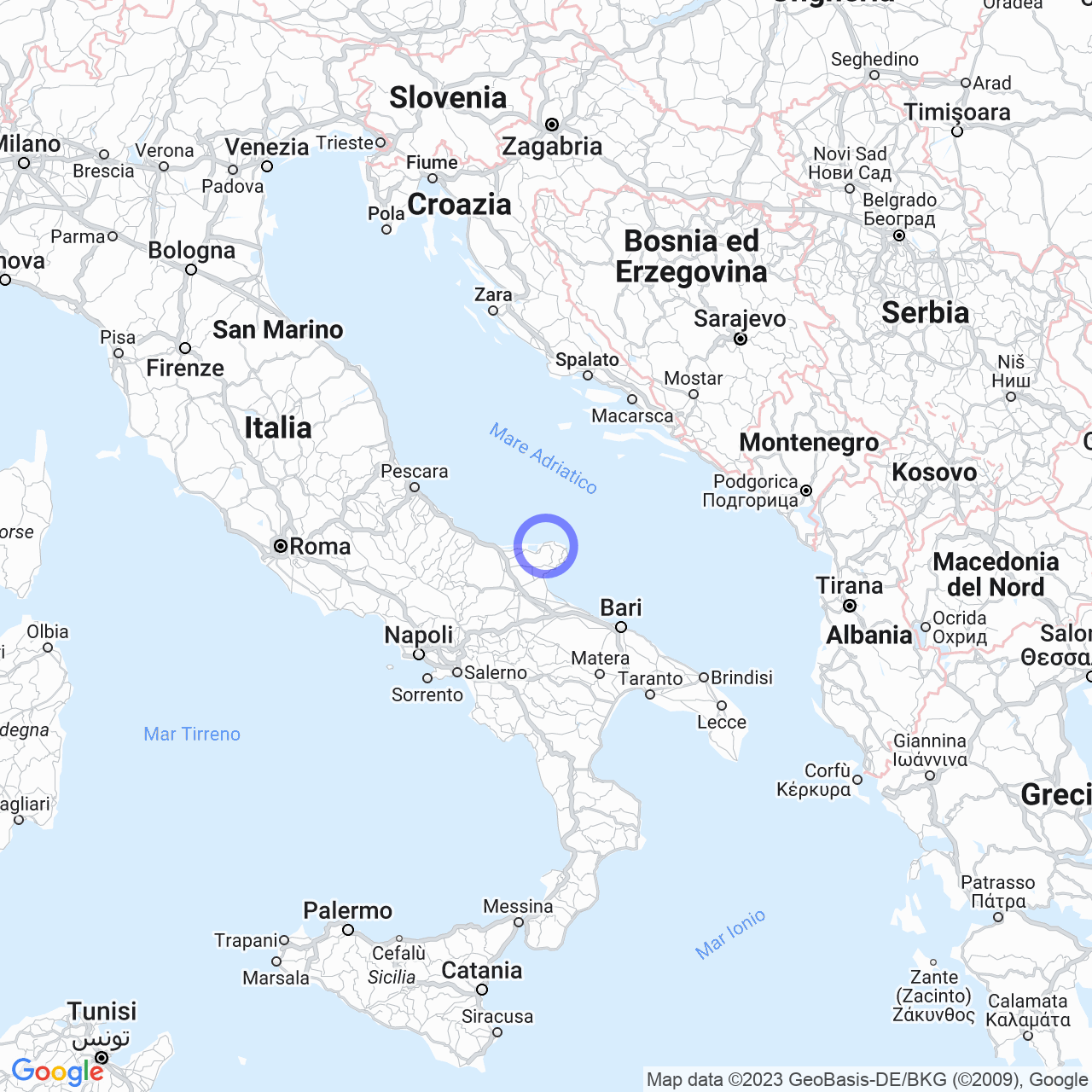Ischitella
Discovering Ischitella: the municipality of Foggia in the heart of Gargano
Hello friends! Today I will talk to you about Ischitella, a municipality of Foggia located in the heart of Gargano, in Puglia. With its 4139 inhabitants, it is part of the Gargano National Park and the Gargano Mountain Community.
Breathtaking view
Ischitella is situated on a hill overlooking the Adriatic Sea and Lake Varano, which gives it the role of a defensive position since the Swabian period. The municipal territory is rich in springs and a depressed beech forest, which, on a homonymous path, is the lowest altitude in southern Italy. From the dunes of the Varano isthmus, rich in Mediterranean maquis, you can admire a breathtaking view ranging from the surrounding hills to the Tremiti islands and Lake Varano. On some particularly clear days, you can see, to the northwest, the Adriatic coast of Molise and Abruzzo and to the northeast, the Dalmatian coast.

Water, heritage of Ischitella
The territory of Ischitella is rich in springs, such as Fontana, Pescara, Fontanelle, San Francato, Acqua di Vezzaro, Pila, Acqua d’Anitre, Galluccio, Vallone, Cicchitonno, and Mortero. The fountain has played a leading role since the Middle Ages. In the village, in fact, from the first years of the year 1000, water was consumed from the fountains of the manor houses, such as the current villa Strada. The water from the fountains was instead used for washing dishes. However, the water from the most valuable springs, such as Fontana, was entirely reserved for the needs of the population.
The production of Gargano citrus fruits
Ischitella, together with Rodi Garganico and Vico del Gargano, is known for the production of Gargano citrus fruits such as the Orange of Gargano and the Femminiello Lemon of Gargano, both with protected designation of origin. Thanks to the temperate climate, the presence of freshwater, and the fertility of the soil, its products have reached great notoriety.
The history of Ischitella
Human presence in the territory of Ischitella dates back to the Neolithic period (3000 BC), thanks to the findings of finely worked lithic material and ceramics at the stations of Grotta Pippola, Monte Grande, and the Scarcafarina canal. The first historical news of the inhabitants of Ischitella dates back to 970 AD when a group of Muslims had camped in the area, intent on raiding the surrounding towns, then expelled by the emperor Otto I of Saxony. Later, the name Ischitella is made on a papal bull of 1058 by Pope Stephen IX, who ordered its protection towards the Abbey of Calena (Peschici) and the cell of San Pietro in Cuppis, not far from the village.
Ischitella has had a long history of community life, collective bargaining, and active participation in the management of public affairs. Conscious that water represented the most precious asset, the Community placed the use of springs at the center of the development of its economic life, bringing to light an extraordinary water culture.
If you visit Ischitella, in addition to admiring the beauty of the territory, you can also taste the typical products of local agriculture and traditional cuisine. Among the typical dishes of the area, you will find pasta with beans, mashed fava beans and potatoes, and the Tiella di Cozze.
I recommend visiting Ischitella in the spring when nature bursts with colors and the climate is mild. You will be welcomed by a warm and hospitable community, which will be happy to let you discover the beauty of its territory and the history of its ancient culture of sustainable water planning.
